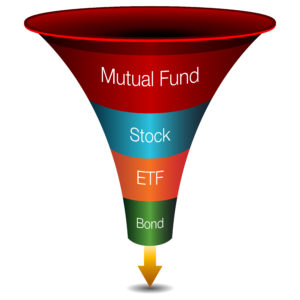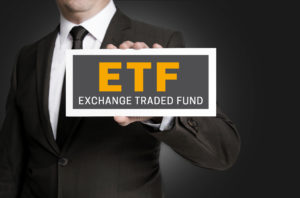
A survey released today by Justwealth Financial Inc. finds a knowledge gap about how much Canadian investors are being charged on their investments: almost two thirds of those surveyed didn’t know exactly how much they paid in annual investment fees.
The survey of Canadians across Canada aged 25 or more was conducted via Google Consumer Surveys, and also uncovered a lack of awareness around upcoming regulatory changes to investment reporting requirements.
The changes surrounding the Client Relationship Model – Phase 2 or CRM2 — will take effect this Friday (July 15, 2016). They are the third annual list of amendments to promote increased disclosure regarding fees and investment performance. According to the Justwealth survey, 65.1 per cent are not aware of the upcoming changes. {See also Graham Bodel’s recent Hub blog on these changes: Big changes for mutual fund investors and Anthony Boright’s Hub blog entitled Get ready for POS3 and CRM2 deadlines.)
Conflicts keep investors in the dark






